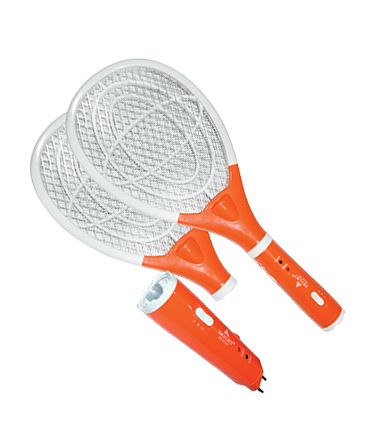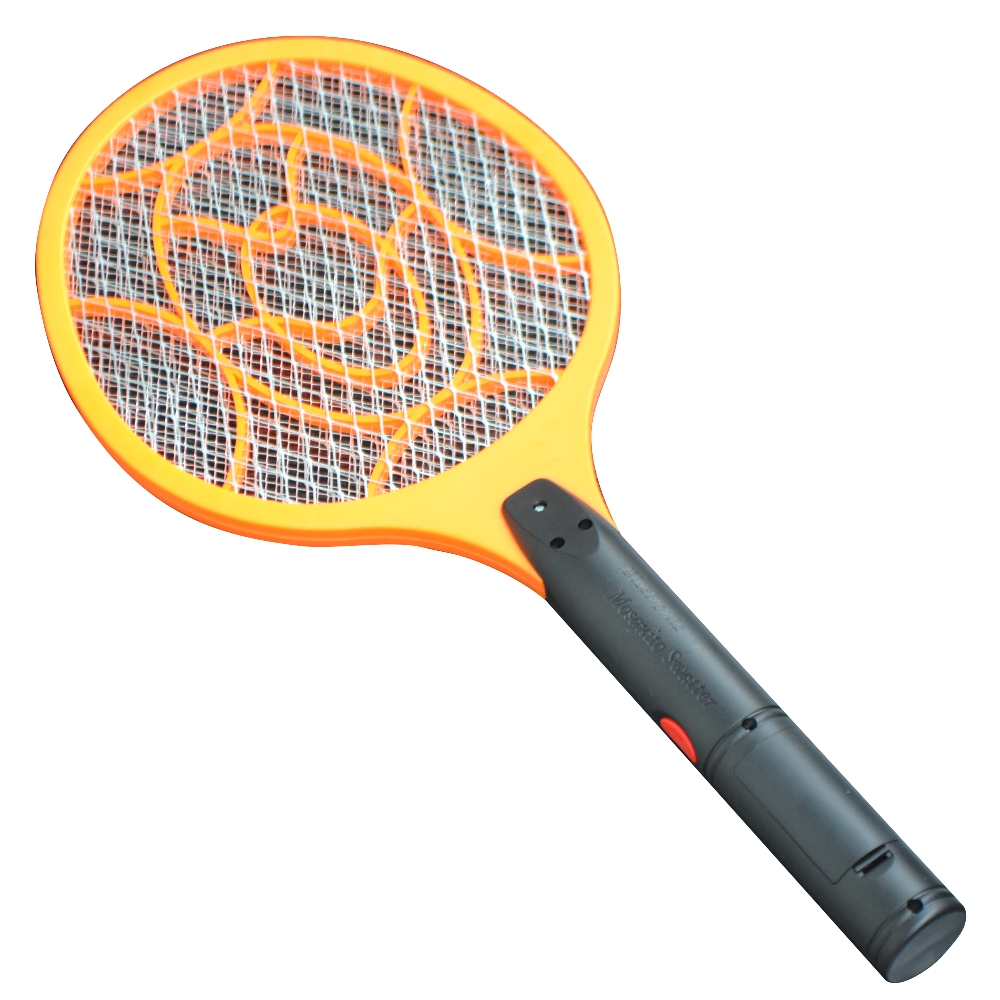

Bennett, a wealthy inventor and an industrialist who made further improvements on the design. An early patent on a commercial flyswatter was issued in 1900 to Robert R.

The earliest flyswatters were in fact nothing more than some sort of striking surface attached to the end of a long stick. The abeyance of insects by use of short horsetail staffs and fans is ancient, dating back at least to the Egyptian pharaohs. However, some skilled users can injure or stun an airborne insect in mid-flight by whipping the swatter through the air at an extreme speed. The flyswatter usually works by mechanically crushing the fly against a hard surface, after the user has waited for the fly to land somewhere. The venting or perforations minimize the disruption of air currents, which can be detected by the fly and allow it to escape, and also reduce air resistance, making it easier to hit a fast-moving target such as a fly.Ī flyswatter is ideally lightweight and stiff, allowing quick acceleration to overcome the fast reaction time of the fly, while also minimizing damage caused by hitting other objects.

A flyswatter (or fly-swat, fly swatter ) usually consists of a small rectangular or round sheet of some 10 cm (4 in) across of lightweight, flexible, vented material (usually thin metallic, rubber, or plastic mesh), attached to a lightweight wire or plastic handle or wood or metal handle about 30 to 60 cm (1 to 2 ft) long.


 0 kommentar(er)
0 kommentar(er)
